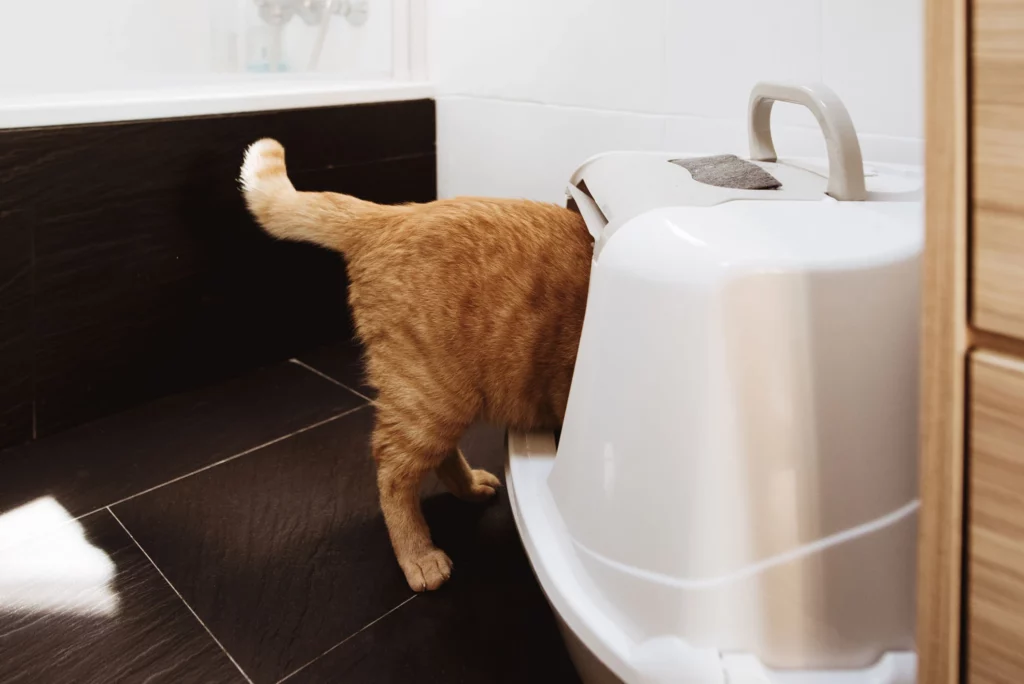Cats are doing us a favor when they use a litter box. They are wild creatures who willingly alter their behavior for us, so we should meet them halfway with accommodations they prefer because it meets their needs. But what accommodations do they want?
Cats need convenience. Feline experts such as the ASPCA and Humane Society suggest you should supply one litter box for each cat, plus one extra, placed in multiple locations on each level of the home, away from their food and water, but not in a very remote area.
Typically, cats prefer simple, open litter pans that are large enough to turn around in and provide multiple directions to exit. Cats still have the instinct to worry about being attacked, so they want a wide view of the room. That’s why they don’t like hooded boxes. Kittens and elderly cats will need a box with a lower entrance to step into the box more easily.
Unscented clumping litter is the overall favorite, with a sand-like texture that is gentle on their paws and easy to scratch. Two inches of litter is a reasonable depth. If your cat objects to scented litter, try using baking soda instead, or room deodorizers or electronic air purifiers to help remove odors.
Your cats like to be clean. They would like for you to keep litter boxes neat by scooping once or twice a day and giving the box a thorough cleaning regularly to kill bacteria.
Also use an enzymatic spray to break down odors in any areas where your cat may have missed the box. Even though a spot may appear clean, it leaves an invisible odor marker that could attract more outside-box activity. Use a black light to detect any spots that could remain hidden.
The ASPCA notes that because cats like cleanliness, they take well to self-cleaning litter boxes, as long as the box doesn’t activate immediately, while they are still nearby.
If your cat develops an aversion to his usual litter box, try moving it or changing the litter, or if it is self-cleaning, switch back to a plain pan.
Box aversion or going in other areas of the house can be signs of distress or urinary infection, both of which need to be evaluated immediately by your vet, especially if the cat is male – there could be serious complications. Your observations will be very helpful to diagnose your cat’s condition.
Usually, by using a plain, flat box and unscented clumping litter, in common but not busy places in the home, you and your cat should both be happy.

